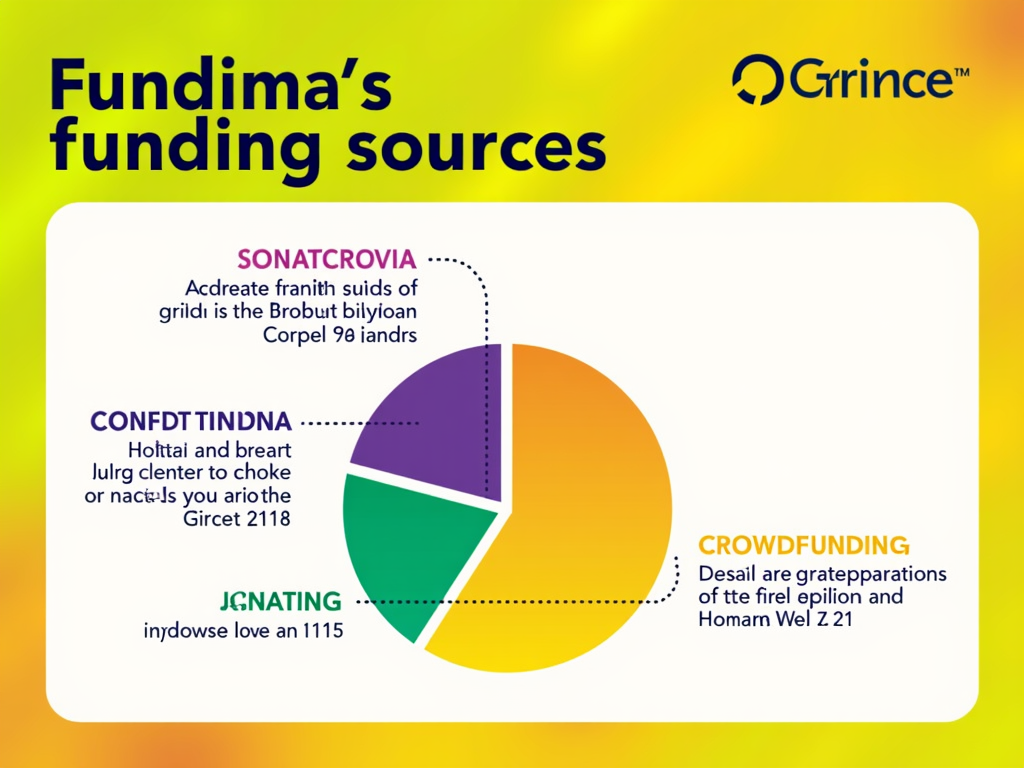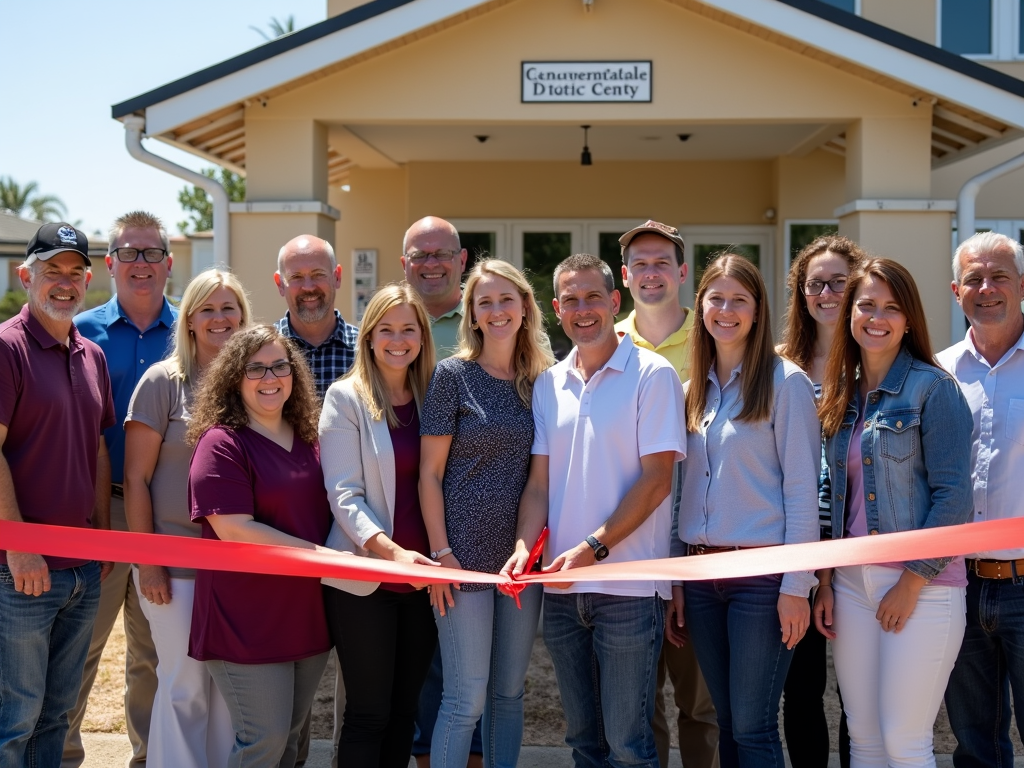Funding Community Projects: A Step-by-Step Guide
By , April 18, 2025
Overview
Funding community projects can transform local areas and bring people together. This step-by-step guide walks you through securing funds, from planning to managing your project. It covers service learning grants and funding options to help volunteers and leaders succeed.
Understanding Community Projects
Community projects improve life in local neighborhoods. They might be small, like a park cleanup, or big, like a new library. These efforts often depend on volunteers and money from grants or donations.
Take a community garden, for example. It grows food and builds friendships. I once helped with one, and watching neighbors connect over planting was inspiring. Projects like these show why funding matters.

Identifying Funding Needs
Before seeking funds, figure out what your project needs. List costs like supplies, permits, or worker pay. A clear budget helps you ask for the right amount.
For a playground project I worked on, we listed swings, benches, and safety mats. Breaking it down made funding requests easier. Be thorough—it shows funders you’re serious.
Researching Funding Sources
Finding money takes research. Look for government grants, private foundations, or local business support. Service learning grants are great for projects mixing education and community work.
Start with online searches or community boards. I’ve found small businesses eager to chip in when the project benefits their area. Don’t overlook crowdfunding either—it’s growing fast.

Top Service Learning Grant Providers
Service learning combines helping others with learning. Here are some top providers offering service learning grants and funding:
- Community Impact Foundation: Gives $5,000-$50,000 for projects tackling social issues.
- Learn and Serve America: Funds school-based service learning with a focus on student growth.
- Corporate Giving for Good: Offers cash and volunteer help for community efforts.
Match your project to their goals for better chances.
Preparing a Funding Proposal
A strong proposal wins funding. Include your project’s purpose, goals, budget, and impact. Keep it clear and simple.
Once, I wrote a proposal for a youth program. We explained how it’d teach skills and cut crime. Funders loved the clear benefits. Always highlight why your project matters.

Applying for Funding
Submitting applications takes care. Follow each funder’s rules—deadlines, forms, and details matter. Double-check everything.
For one grant, we missed a deadline by a day and lost out. Now, I set reminders a week ahead. Track submissions and follow up politely—it shows you’re committed.
Managing Funded Projects
Once funded, manage well. Track spending, update funders, and meet goals. Good management builds trust for future projects.
In a cleanup I helped run, we reported progress monthly. Funders appreciated it, and volunteers stayed motivated. Finish strong—it’s your project’s legacy.

Conclusion
Funding community projects takes effort, but the rewards are worth it. This guide helps you plan, find service learning grants, and manage success. Start today—your community needs you. Reach out to others who’ve done it; their advice is gold.